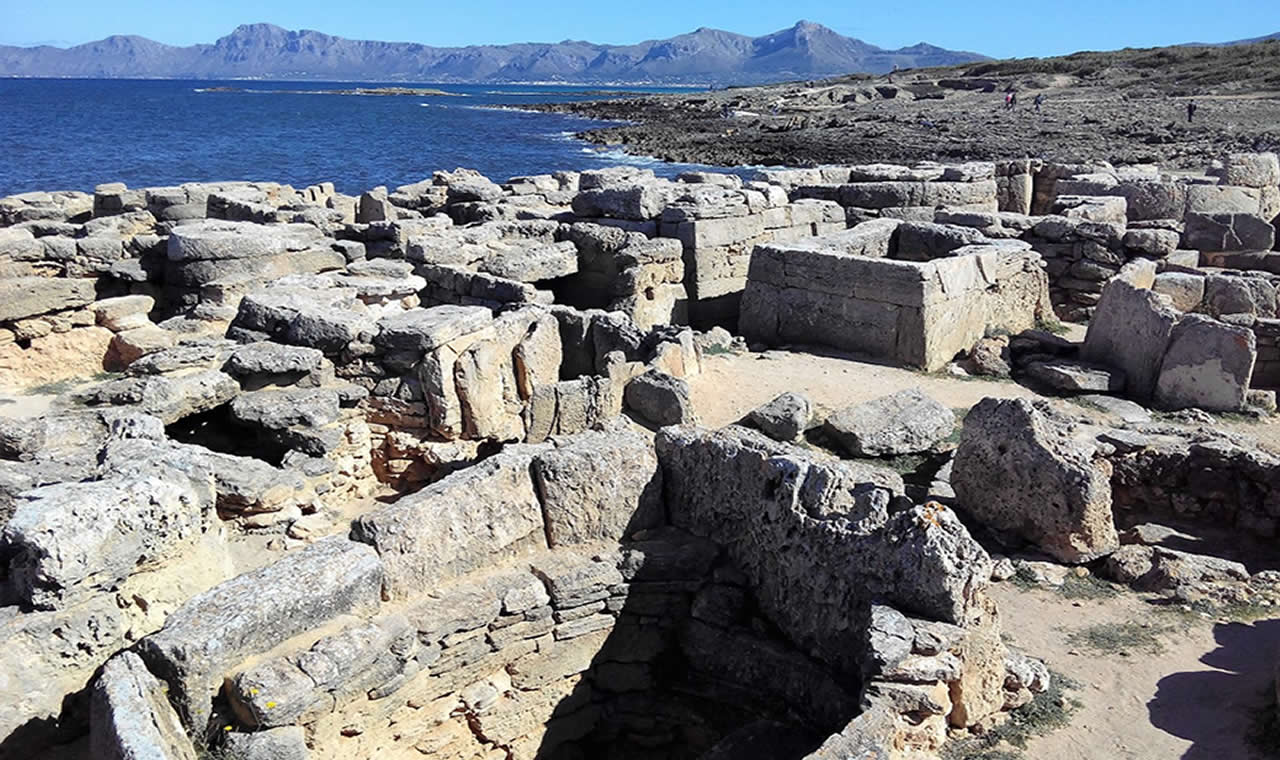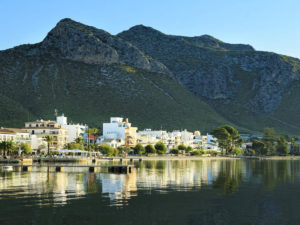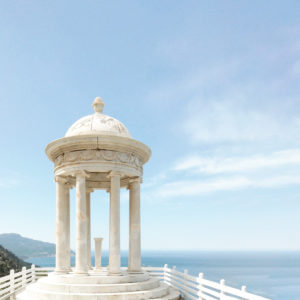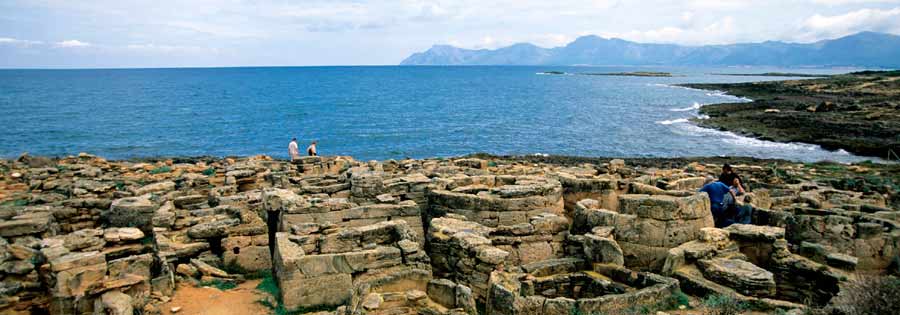
Mallorca conserves an extensive archaeological heritage that offers a magnificent opportunity to learn about the island’s prehistoric lifestyle and customs, observing the remains of settlements, defence walls, caves, tombs and, above all, talayots, the most abundant prehistoric monument in the Gimnesian Islands (Mallorca and Menorca).
Talayots are prehistoric dry stone constructions with a central chamber, an access corridor and a column to support the roof. These fortifications had defensive functions, but they were also used as dwellings, food stores or places of worship for rituals.
If you would like to discover in person what these archaeological sites were like, here are six of the most emblematic visits you can make in Mallorca:
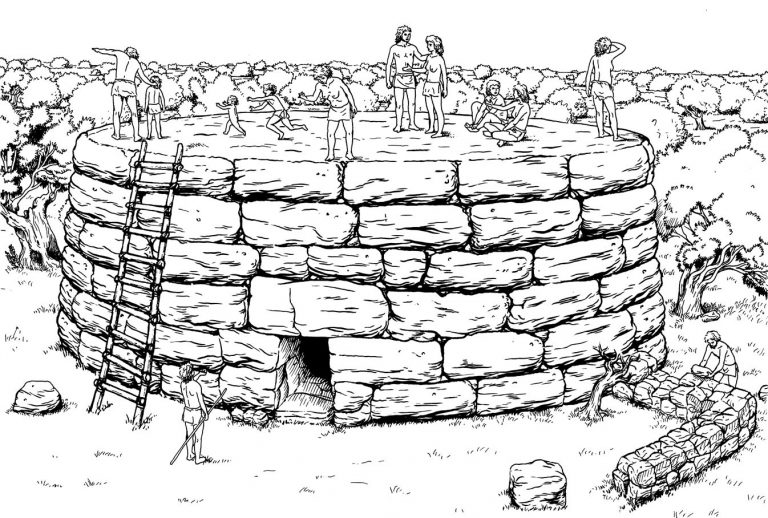
– Talayotic settlement of “ses Païsses” in Artà:
One of the most extensive settlements in Mallorca, it has a walled perimeter of 374 metres, in which there was a settlement with talayot and adjoining rooms. You can find more information here: https://www.illesbalears.travel/recurso-turistico/es/mallorca/yacimiento-arqueologico-poblat-talaiotic-de-ses-paisses
– Capocorb Vell in Llucmajor:
Excavated in 1918, this settlement occupied an area of more than 6,000 square metres and preserves five talayots (one of them with two floors) and several groups of dwellings. If you would like to visit it, you can find more information at the following link: https://talaiotscapocorbvell.com/
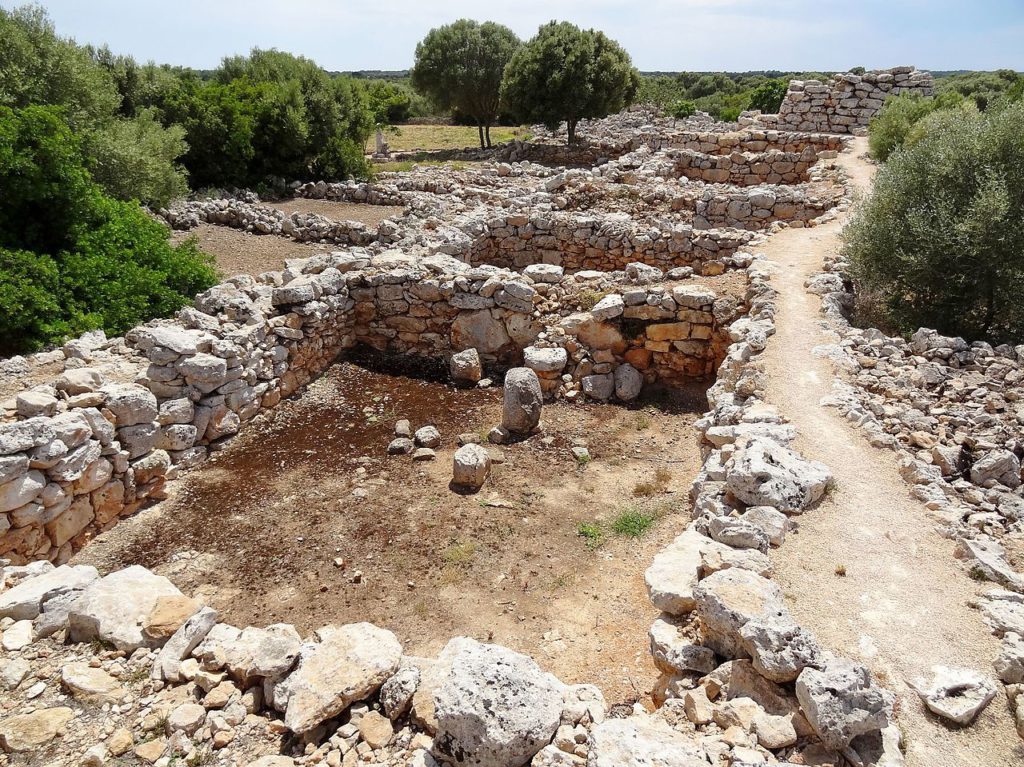
– Roman city of Pol-lèntia in Alcudia:
The most popular Roman site in Mallorca was declared a Historic-Artistic Site in 1946 and has three distinct areas: the residential area of La Portella; the civic, religious and commercial centre of the Forum; and the 1st century Theatre.
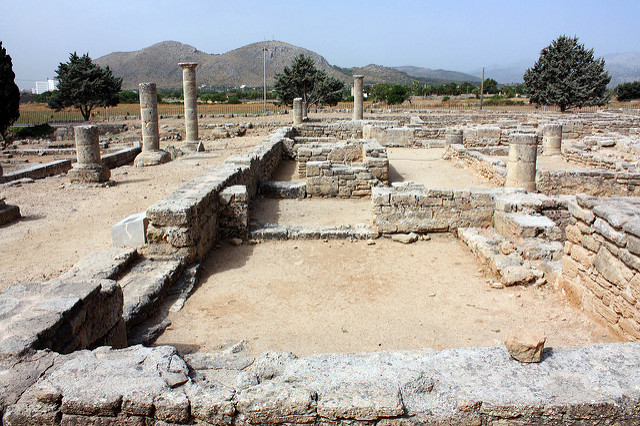
– Puig de Sa Morisca in Calvià:
This settlement had a close relationship with the Punic world, which makes it a reference point in the Balearic Islands for understanding the final phases of prehistory in this area. You can find more information here: https://www.illesbalears.travel/recurso-turistico/es/mallorca/yacimiento-arqueologico-puig-de-sa-morisca
– Son Fornés in Montuïri:
This 17-metre diameter settlement, inhabited from the 10th century BC until medieval times, has numerous archaeological remains. It also has a museum dedicated to the site where you can see the transformations of the island communities of the time.
https://sonfornes.mallorca.museum/
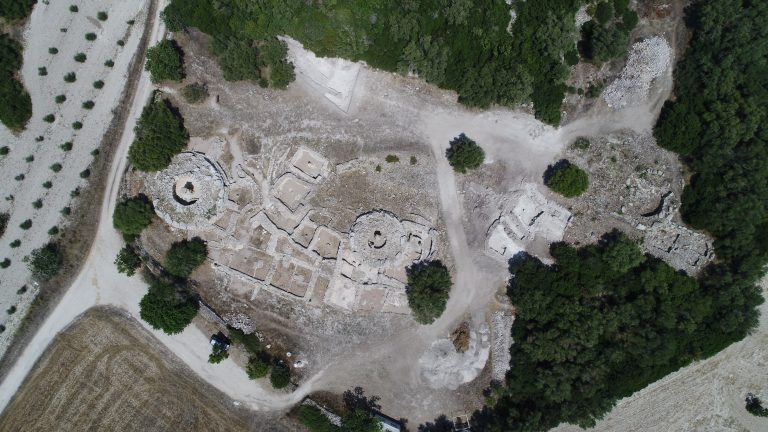
– Son Real Necropolis in Santa Margalida:
This ancient cemetery located in Punta dels Fenicis has more than 100 tombs built facing the sea. In our post on essential routes to do by kayak we explained how to get there by sea. You can find more information here: https://www.illesbalears.travel/recurso-turistico/es/mallorca/necropolis-punta-dels-fenicis-son-real
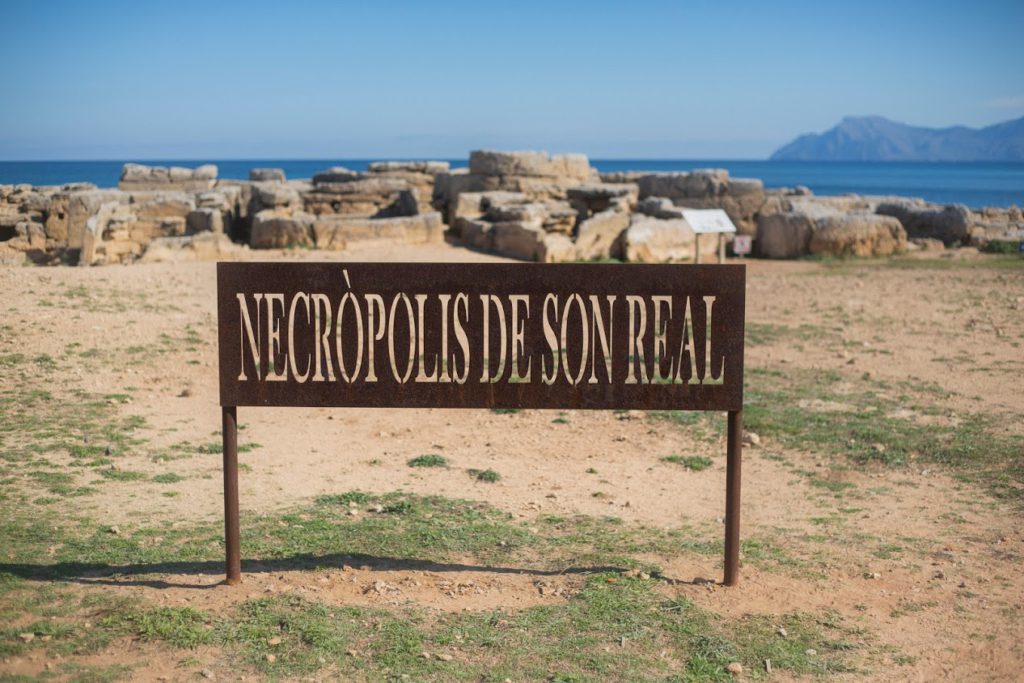
All these sites are easy to access and usually have their own car park, so they are very easy to visit as a couple or with children. The entrance fees are usually very affordable and are intended to preserve and maintain these sites, which bear witness to the way of life of the island’s prehistoric settlers. A different plan to get to know Mallorca and its first inhabitants.

